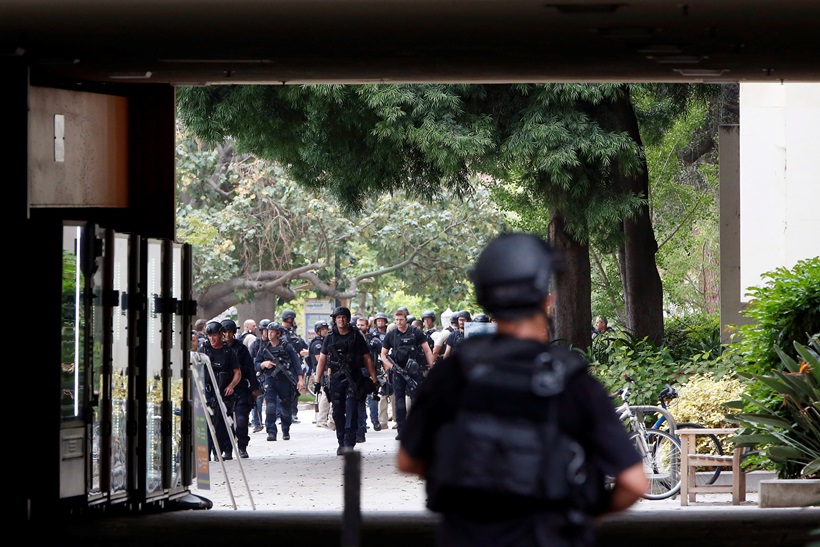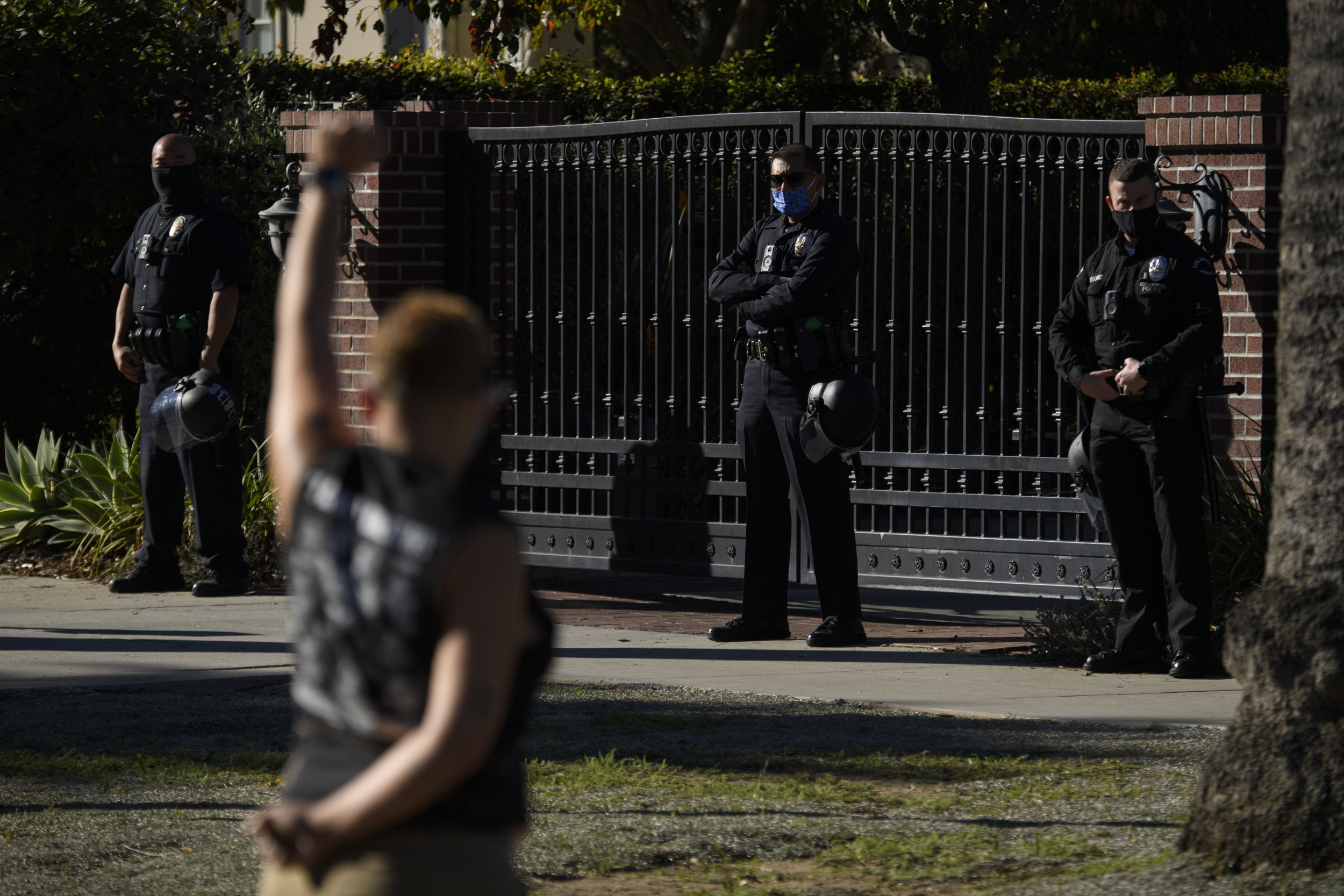

Ozone, which serves as a barrier against the sun’s ultraviolet radiation in the stratosphere but also contributes to smog at ground level, can be increased by tailpipe emissions, but it’s not a one-to-one equation - traffic isn’t the only contributor. “When we fed meteorology into the model and controlled for its impacts, we still saw a good amount of reductions, so the traffic decrease turned into real air quality benefits.”Īfter pollutants from traffic briefly declined, ozone increased, including a massive spike in April, said UCLA professor Suzanne Paulson, citing figures from the South Coast Air Quality Management District.

“Lots of people asked me at the time about the clean air, and I said it’s great, but there’s also a meteorology component,” Zhu said. As any Angeleno knows, rain is the quickest way to clear the air. The study created traffic models based on transportation data from 2017 to 2020, allowing the researchers to pinpoint which improvements were caused by an absence of vehicles and which were caused by weather, such as the abundance of spring showers last March and April. “What our paper shows is that if we can find a sustainable, equitable way for people to drive less and telework more, there are significant air quality benefits from it.” “The good air quality can’t last if traffic-emission reductions don’t last,” said Zhu, a professor of environmental health sciences and senior associate dean for academic programs at UCLA’s Fielding School of Public Health. Once the lull in traffic ended, however, the pollutants returned.

The smog returned.ĭid the clean air mean anything? Was it evidence that collective action could clean the air faster than many thought possible, or just a fluke of the weather, or proof that even radical steps couldn’t fight climate change? The answer, UCLA air quality researchers say, isn’t precisely any of these but includes elements of all three.Ī December 2020 study led by UCLA professor Yifang Zhu found that while favorable spring weather helped, traffic reductions in Los Angeles last March and April were directly responsible for a roughly 30% decrease in nitrogen oxides, a common tailpipe emission. Apocalyptic wildfires darkened the skies. In Los Angeles, record-high summer heat waves converted pollutants into smog-forming ozone. After a couple months, restrictions loosened or became untenable, and traffic rebounded. As restrictions stilled cars, planes and boats, the change was so dramatic that a viral hoax claiming Italy’s newly pristine Venetian canals had attracted dolphins seemed no less plausible than a true story that Los Angeles, at least for a day, had the cleanest air in the world. One of the few uplifting developments in the early weeks of the COVID-19 pandemic was the remarkable boost in air quality around the world.


 0 kommentar(er)
0 kommentar(er)
